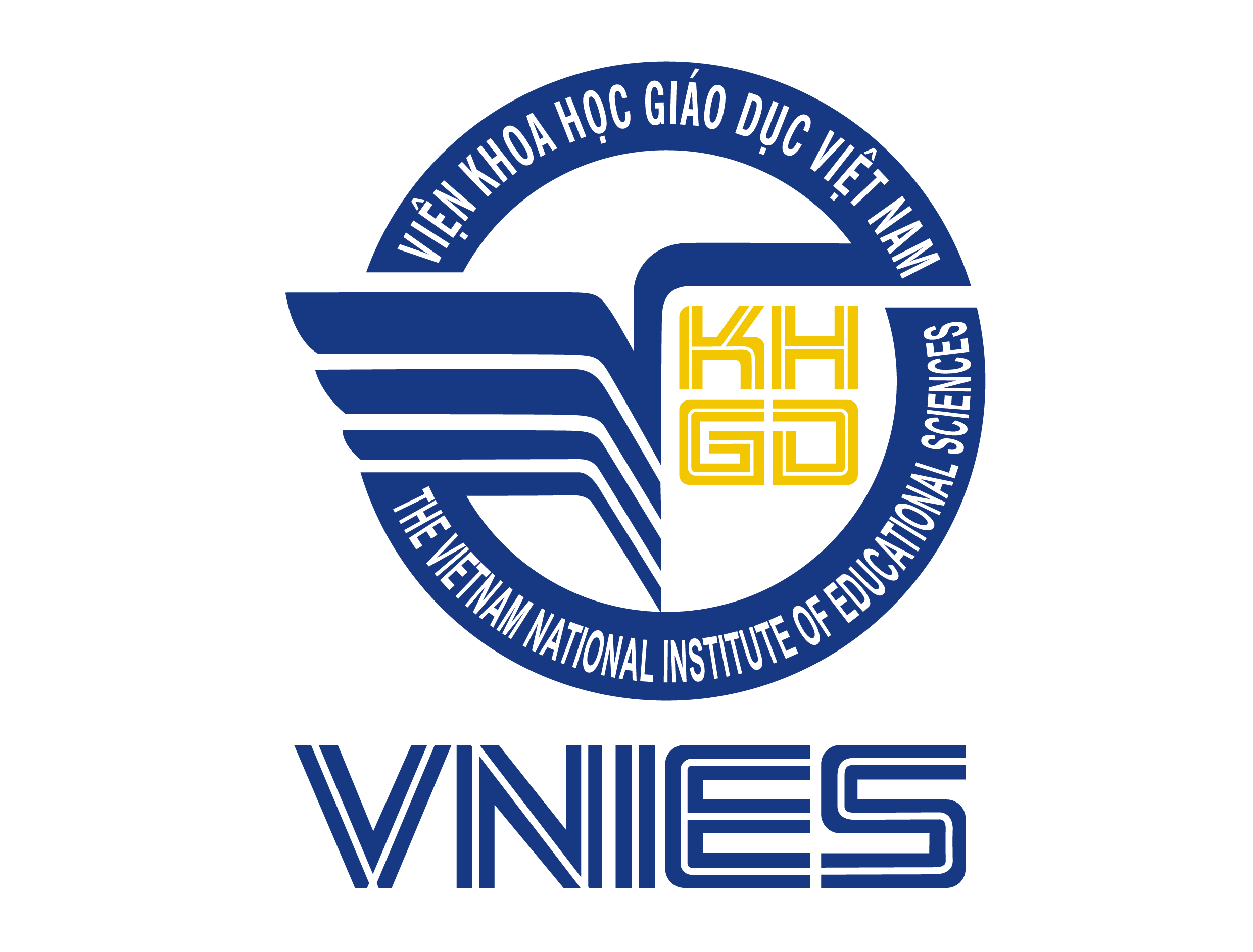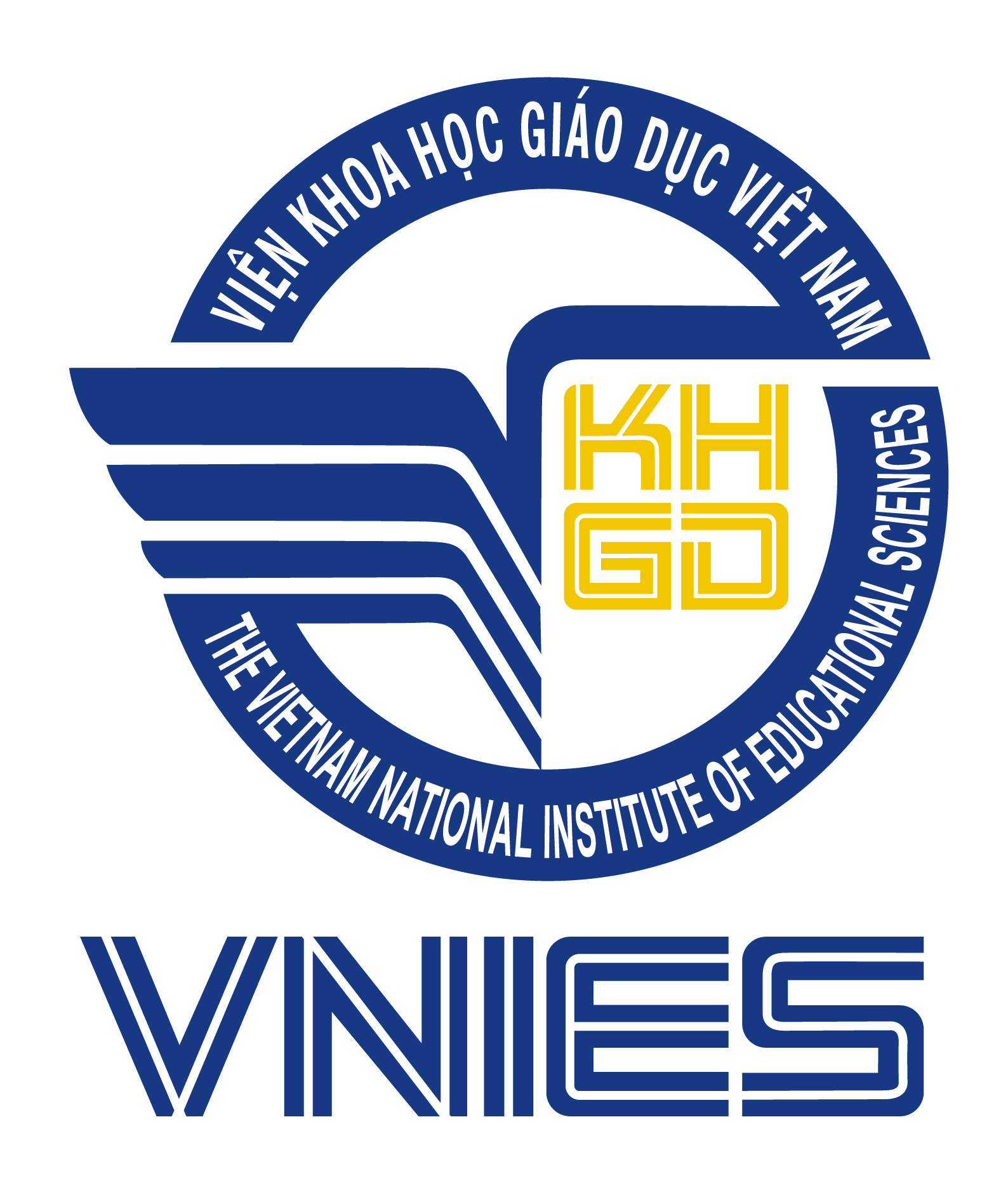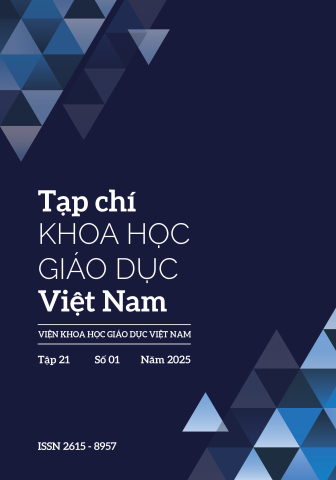[1] Brinton, D. (2003). Content-based instruction. In D. Nunan (Ed.), Practical English Language Teaching, pp. 199–224. New York: McGraw Hill.
[2] Cummins, J. (2000a). Language, power, and pedagogy: Bilingual children in the crossfire. Clevedon, UK: Multilingual Matters.
[3] Cummins, J. (2000b). BICS and CALP. In M. Byram (Ed.), Encyclopedia of language teaching and learning, pp. 76-79.
[4] Davies, S. (2003). Content-based instruction in EFL contexts. The Internet TESL Journal, 9(2). Retrieved from http://iteslj.org/.
[5] Dewey, M. (2010). English in English language teaching: Shifting values and assumptions in changing circumstances. Working Papers in Educational Linguistics, 25(1), p.1-15.
[6] Fitria, T. N. (2023). The use of artificial intelligence in education (AIED): Can AI replace teachers’ roles. Epigram, 20(2), p.165-187.
[7] Hoque, M. E. (2017). An introduction to second language acquisition. Education and Development Research Council (EDRC) Bangladesh. Retrieved from. https://www.researchgate.net/profile/Jim Cummins/publication/242539680_Basic_Interper sonal_Communicative_Skills_and_Cognitive_ Academic_Language_Proficiency.
[8] Ikeda, M., Izumi, S., Watanabe, Y., Pinner, R., & Davis, M. (2022). Soft CLIL and English language teaching: Understanding Japanese policy, practice and implications. Routledge.
[9] Irie, K. (2003). What Do We Know About the Language Learning Motivation of University Students in Japan? Some Patterns in Survey Studies. JALT Journal, 25(1):86-100.
[10] Jacobs, G. M., & Farrell, T. S. C. (2003). Understanding and implementing the CLT (Communicative Language Teaching) paradigm. RELC Journal, 34(1), p.5–30
[11] Jordan, G. & Long, M. (2022). English Language Teaching Now and How It Could Be. Newcastle upon Tyne: Cambridge Scholars Publishing
[12] Krashen, S. D. (1981). Second language acquisition and second language learning. Oxford: Pergamon.
[13] Krashen, S. D. (1982).Principles and Practice in Second Language Acquisition. Pergamon Press Inc
[14] Lazzat, K. (2024). The evolution of language learning: Exploring AI’s impact on teaching English as a second language. Eurasian Science Review, 2(4), p.133–137.
[15] Lee, C., & Phua, C. P. (2020). Singapore bilingual education: One policy, many interpretations. Journal of Asian Pacific Communication, 30(1–2), p.90–114.
[16] Lessard-Clouston, Michael (2018). Second Language Acquisition Applied to English Language Teaching. TESOL Press
[17] Longcope, P. (2010). Differences between the EFL and the ESL language learning contexts. Retrieved from http://www.lang.nagoya-u.ac.jp/proj/ genbunronshu/30-2/longcope.pdf.
[18] Markee, Numa (1997). Second Language Acquisition Research: A Resource for Changing Teachers’ Professional Cultures? The Modern Language Journal, Vol. 81, No. 1, Special Issue: How Language Teaching Is Constructed (Spring, 1997), pp. 80-93.
[19] Marsh, D. (2007). The CLIL quality matrix: Achieving good practice in content and language integrated learning/bilingual education. ECML Conference, Graz.
[20] Miao, R. (2015). Second language acquisition: An introduction. In J. D. Wright (Ed.), International Encyclopedia of the Social & Behavioral Sciences (2nd ed., pp. 360–367). Elsevier.
[21] Nguyễn Phúc Quân. (5/2023). CHATGPT - Động lực đổi mới giáo dục: Vai trò của giáo viên trong kỉ nguyên trí tuệ nhân tạo. Tạp chí Khoa học Quản lí Giáo dục, số đặc biệt.
[22] Nguyễn Thị Thu Hằng & Nguyễn Thị Mai Hoa. (2024). Giảng dạy tích hợp nội dung và ngôn ngữ (CLIL) ở Việt Nam: Thách thức và giải pháp. Tạp chí Nghiên cứu nước ngoài, tập 40, số 2, tr.1-13.
[23] Nikula, T. (2016). CLIL: A European approach to bilingual education. In N. V. Deusen-Scholl & S. May (Eds.), Second and foreign language education. Springer International Publishing. Retrieved from https://doi.org/10.1007/978-3-319-02323-6_10-1.
[24] Paltridge, B.& Prior, M. T. (Eds, 2024). The Routledge Handbook of Second Language Acquisition and Discourse. Routledge.
[25] Peng, S. (2019). A study of the differences between EFL and ESL for English classroom teaching in China. IRA International Journal of Education and Multidisciplinary Studies, 15(1), p.32–35. Retrieved from http://dx.doi.org/10.21013/jems.v15.n1.p4.
[26] Richards, J. C., & Schmidt, R. (2002). Longman dictionary of language teaching and applied linguistics (3rd ed.). Pearson Education
[27] Said, S. D., Sihes, A. J., & Yusof, S. M. (2018). Theme-based instruction method in English reading comprehension: Using Makassar local culture-based curriculum contents. Journal of Physics: Conference Series, 1028(1). https://doi. org/10.1088/1742-6596/1028/1/012098.
[28] Saville-Troike, M. (2012). Introducing language acquisition (2nd ed.). Cambridge University Press.
[29] Snow, M. A. (2001). Content-based and immersion models for second and foreign language teaching. In M. Celce-Murcia (Ed.), Teaching English as a second or foreign language, 3rd ed., pp. 303–318. Boston, MA: Heinle & Heinle.
[30] Vattakavanich, P., & Tucker, A. B. (1980). English as second language vs bilingual education. Reading Improvement, 17(4), p.292–300
[31] Vương Hồng Hạnh, Nguyễn Thị Hảo, Thạch Thị Lan Anh. (2023). Thực trạng quản lí kiểm tra đánh giá kết quả dạy học môn Tiếng Anh ở các trường trung học cơ sở theo hướng phát triển năng lực học sinh. Tạp chí Khoa học Giáo dục Việt Nam, tập 19, số S3, tr.68-72.
[32] Westermann, G., Ruh, N., & Plunkett, K. (2009). Connectionist approaches to language learning. Linguistics, 47(2), p.413–452.
[33] Widdowson, H. G. (2001). Teaching language as communication. Oxford: Oxford University Press
[34] Yasuhiro, S. (2019). Connectionism and second language acquisition. Routledge
[35] Yufrizal, H. (2023). An introduction to second language acquisition. PT. RajaGrafindo Persada - Rajawali Perss.


